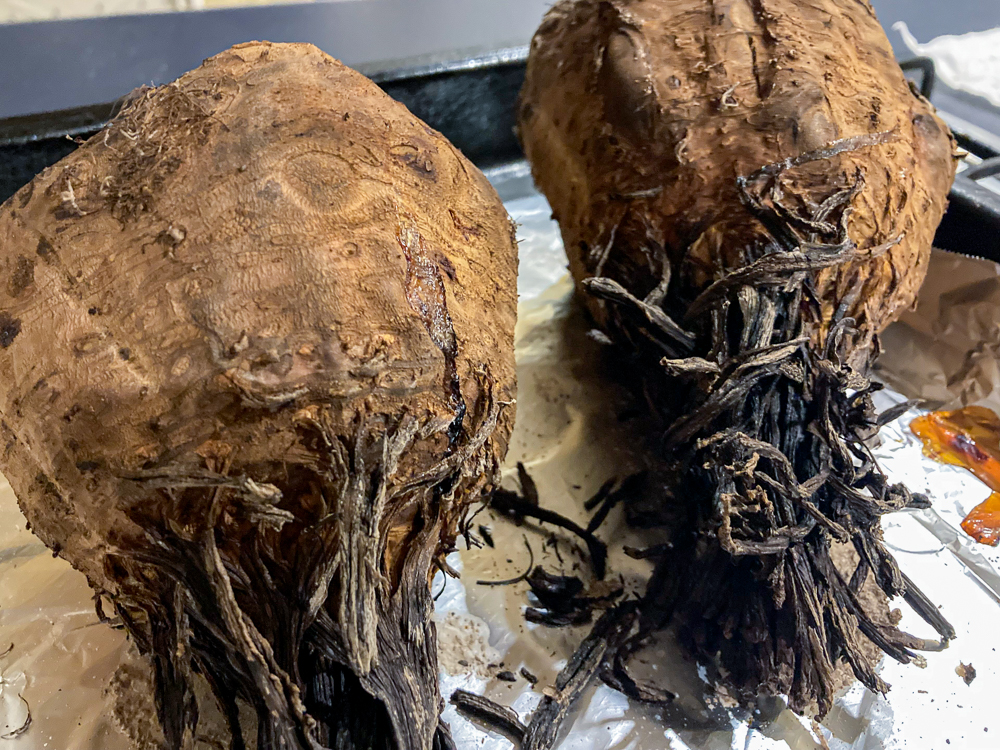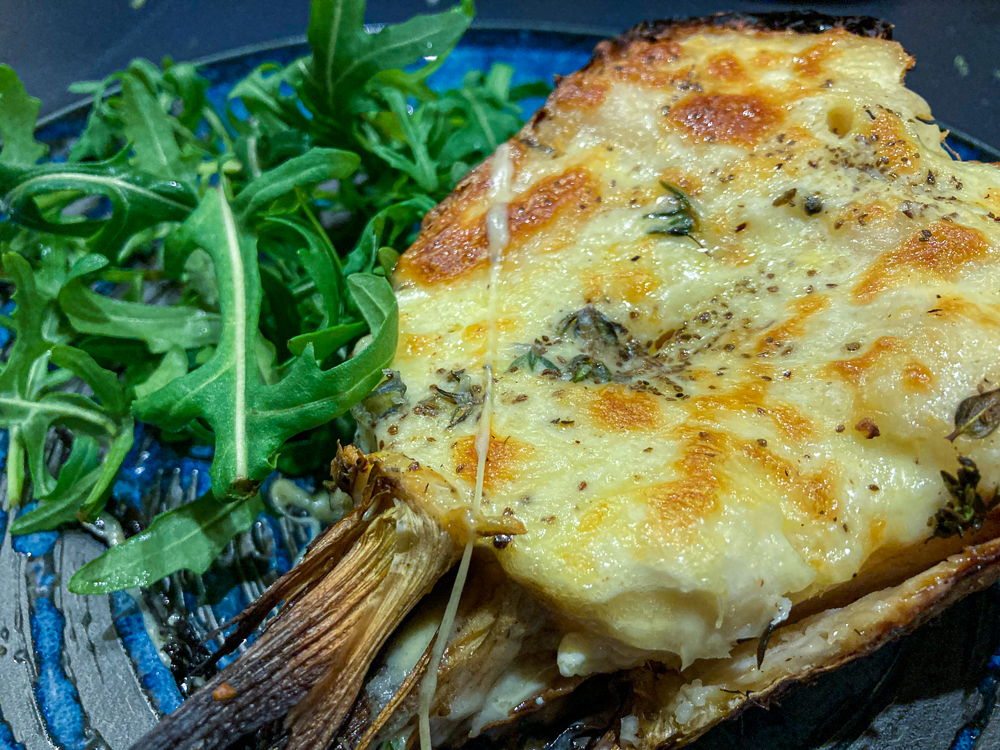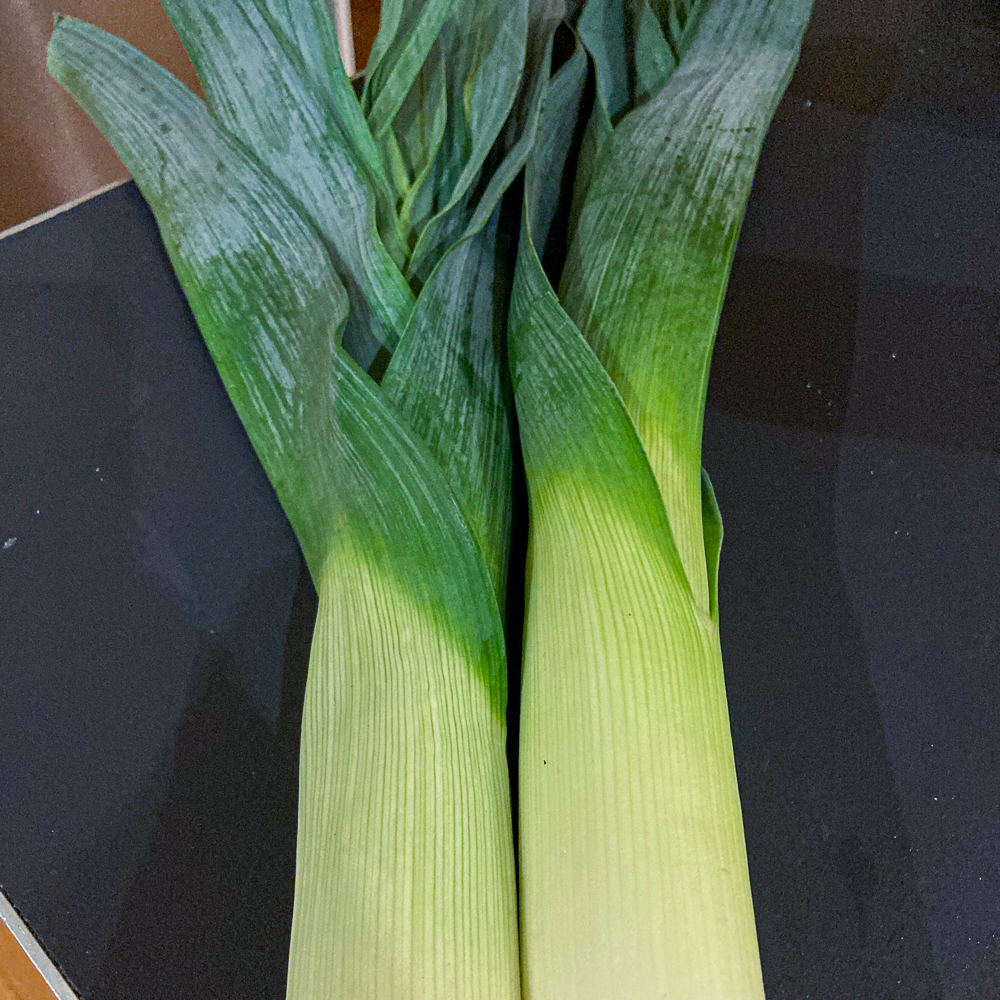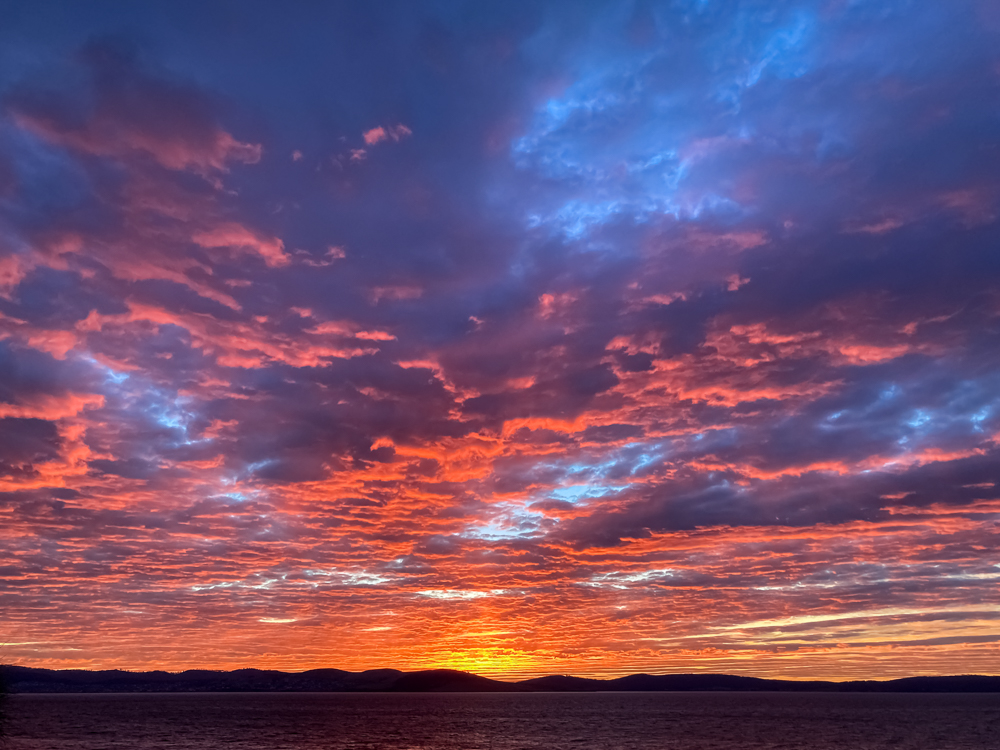Week 32/2021: celeriac and leeks
Week 32/2021: Week of 9 August 2021
What did I want to do better this week?
This week I wanted to continue trying to get back into my habit of regular morning walks. I guess I’d never really lost the habit, I’d just started to miss a few days, mainly because I’d stopped getting up super early in the morning.
So, how did that go then?
I went out for a walk every day this week. (*Cheers*)
21 for 2021 update
Vegetable of the week (thing 2)
Thing 2 is to choose a different vegetable every week from Alice Zaslavsky’s book In Praise of Veg and make a recipe from the book using that vegetable. This week it was celeriac’s turn. It’s another one in the “I’m not really sure what that is” group.
It turns out it’s an engorged celery bulb, and “the roots are the worm-like tendrils tucked up around its base”. Alice says it as a reputation as the “octopus” of vegetables and that, because the roots are so compact, they can trap dirt that you probably don’t want to be eating. She recommends soaking it in water for 10 minutes and then running it under the tap to get any last bits of dirt off. The skin – and the roots – is completely edible, despite what it looks like. I was sceptical, but it’s true.

There was only one celeriac recipe in the book, Salt-baked Butterflied Celeriac Cheese (page 78). It involves soaking the celeriac in salt water, baking it in a hot oven, then cutting it open, topping it with what Alice calls “cheat’s béchamel” – butter, cheese and crème fraîche – and grilling for a few minutes to brown the toppings up.
She says its a side dish but I found that, with a couple of handfuls of salad leaves, it was enough for a main dish. Though it was a different story for the growing teenager . . .

I also cooked the Mustard-buttered Leeks (page 406) later in the week, which really is a side dish. I don’t think I’ve ever cooked leaks as an actual dish where the leeks were the feature ingredient. It was very tasty.

I had the opportunity to speak to Alice during the week and she asked me what some of my biggest challenges were. I said that knowing what to do with vegetable scraps and bits that I don’t use all of in a recipe. You know, half a capsicum, six spring onions . . . Or half a jar of a sauce that I buy for a recipe and never use again.
I know if I were better organised, I could plan better and line up meals that use the other half of the ingredient I’ve used in the first recipe. But I hate meal planning and just getting something down for each day I have to cook is a huge achievement for me. So thinking beyond the first recipe to link it to the next one defeats me every time.
I have an idea to make this better, which involves not making my meal plan on a Friday afternoon when I’m exhausted, but I can’t seem to find a time that does work. But, even without this, I have no excuse for not knowing what to do with the scraps. Obviously composting is one solution, but what I’ve learned tells me that it’s better to use as much as you can than throw out huge swathes of stuff into the compost. And Alice’s book has a section called “scrap metal” for many of the vegetables. It’s right there in front of me, what to do with a lot of this stuff.
She also has a section called “with complements”, which suggests food partners for the vegetables, and ideas on ways to cook them that aren’t complete recipes. I have to get away from the mindset that I have to cook “a recipe”. I can cook a vegetable, add some of its complements and it doesn’t have to be as hard as I’m making it for myself. The idea of working through the book was to help me add more veggies to my diet, not to make myself adhere to a schedule of recipes that I wasn’t allowed to deviate from and get stressed about it all.
It doesn’t need to be this hard. I need to chill and play a bit more. If it goes wrong, so what? The chooks or the worms will still love it. And I’ll learn something.
I can see parallels between this and my rigid approach to other things I’m trying to do more of.
I am, as always, a work in progress.
Kramstable’s videos (thing 8)
I’m making slow progress, but it’s all good.
My mother’s story (thing 9)
This week I found my mum’s high school reports. They made for some interesting reading!
21 for 2021 summary
- Things completed this week: 0
- Things completed to date: 3 (1, 18, 20)
- Things I progressed: 3 (2, 8, 9)
- Things in progress I didn’t progress: 10 (4, 5, 6, 7, 10, 11, 13, 14, 16, 17)
- Things not started: 5 (3, 12, 15, 19, 21)
What else happened this week?
I shared the horror of a lot of people this week with the Intergovernmental Panel on Climate Change (IPCC) report telling us we are close to the point of no return when it comes to making changes that might make a meaningful impact on climate change.
The Climate Council has a good overview of the report and what it means here. It says
- The most important climate science update for almost a decade shows there is a narrow path to avoiding climate catastrophe, but only through immediate, deep and sustained emissions reductions. This may be our final warning.
- Climate change is already wreaking havoc around the world, with worse to come. Our decisions this decade will be the difference between a liveable future for today’s young people, and a future that is incompatible with well-functioning human societies.
It’s not a pretty picture and we are in a critical situation but the Climate Council says that the report “shows that we can avoid a future of truly catastrophic warming. The world is racing to net zero emissions, and Australia is rapidly being left behind. But Australia is perfectly placed to be part of the solution, and the sooner we act, the more we benefit.”
Getting this message through to the people who are in a position to make these decisions seems to be another story, however.
A group of Extinction Rebellion protestors in Canberra made their point by vandalising Parliament House. I wasn’t surprised to hear the predictable responses of politicians about how disappointing this was and that there were other means for people to get their message across. To them, I would very respectfully suggest that “other means” aren’t working. The Government has shown no care or concern about the long (and getting shorter) term effects of their continued refusal to even acknowledge that time is running out, let alone actually take any action. Emails, petitions, even rallies, the typical ways to bring concerns to the government, are getting us nowhere.
People are scared, they can see the future and it’s a scary place and they are frustrated and angry at a government that keeps on doing the very things that have got us into the situation we’re in now. They cannot understand why, when the science is so clear on what needs to happen, our leaders are happy to condemn us, our kids and our grandkids (and indeed their own grandkids) to a future of hell on earth.
It leaves me wondering whether anything I try to do is any use at all.

What I’m reading this week
- Of Towns and Countries: Journey of an Architect by Dirk Bolt
- Waking Up: Searching for spirituality without religion by Sam Harris
Habit tracker
- Days I went for a walk in the morning (Goal = 5): 7
- Days I did my morning planning routine at work (Goal = 4): 4
- Days I did my post-work pack up routine (Goal = 4): 0
- Days I worked on my art (Goal = 2): 2
- Days I read a book (Goal = 7): 7
- Days I did yoga stretches (Goal = 7): 0
- Days I had a lunch break away from my desk (Goal = 5 work days): 5
- Days I went for a walk or did other physical activity in the afternoon (Goal = 5): 4
- Days I shut my computer down before 9.45 (Goal = 6): 5